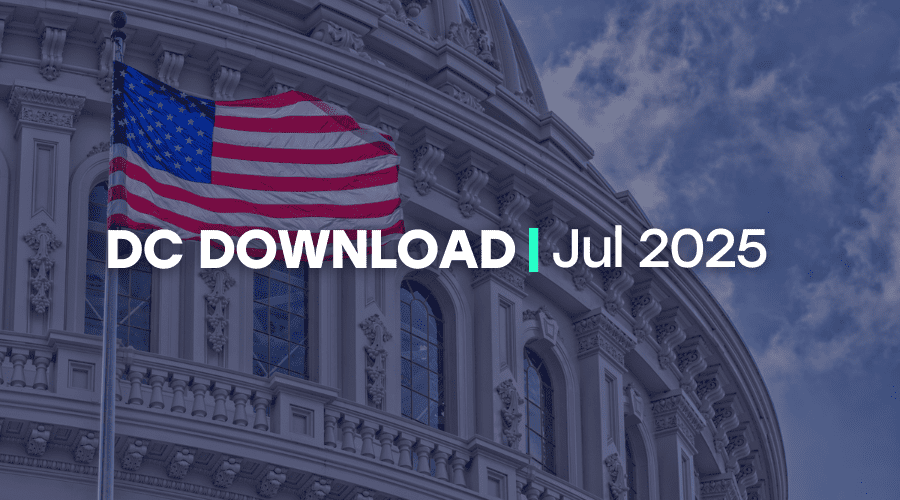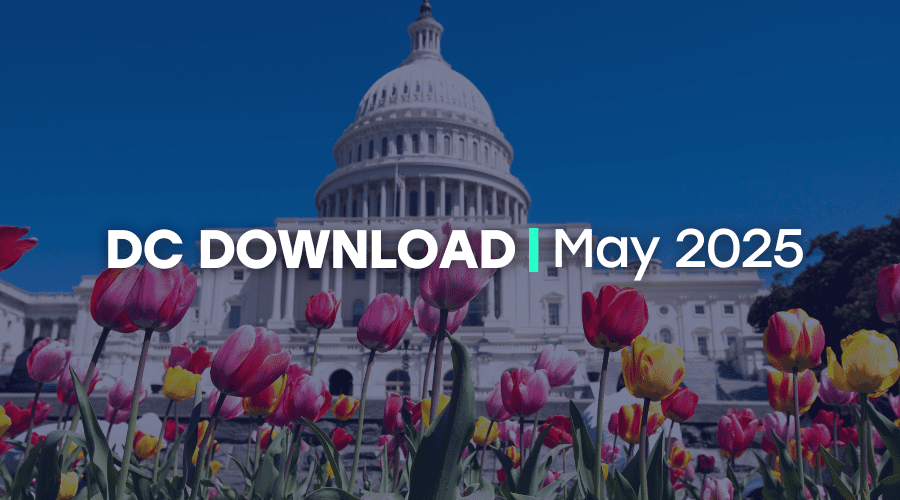On August 13, President Donald Trump made explicit that he opposed much needed additional funding for the United States Postal Service (USPS) because he was concerned that this funding would be used to support mail-in voting this November. This is not the first time this year the President has opposed funding for the postal service.
Last year, a U.S. Government Accountability Office report found that the USPS was financially deteriorating and unsustainable. The CARES Act provided emergency financial support for USPS to enable the agency to continue essential mail services during the pandemic. Additional financial support is included in the House-passed HEROES Act and is a part of the negotiations for the next COVID-relief package. President Trump said he would deny the USPS money if they did not increase their shipping rates. However, raising rates on millions of households, organizations, and communities that are struggling financially could make a bad situation worse.
Let’s be clear and let’s be non-political – if that is even possible in the environment we are in today. Nonprofits rely on the USPS for our very existence and the accomplishment of our missions. In a typical year, nonprofits make up 10% of USPS mail volume, adding up to 154 billion mail pieces. In 2020, nonprofits are even more reliant on the mail system to continue communicating with key stakeholders while also social distancing. Mail communications are particularly important for older adults, low-income households, and rural communities that may not have reliable internet access.
The nonprofit sector is already reeling from dramatic declines in revenue due to this pandemic. It is also seeing, in many cases, dramatic increases in demand for services to support communities most impacted by COVID-19. Bottom line, nonprofits are highly dependent upon the USPS to do our work. In fact, many organizations receive the majority of their revenue through the mail. Whether it is fundraising appeals, membership recruitment, issue education, nonpartisan candidate engagement, or voter mobilization, nonprofits are reliant upon mail delivery that can be counted upon despite rain, snow, heat, or gloom of night.
A recent survey conducted by Independent Sector and our partner, Washington Council, Ernst & Young, cast a spotlight on just how bad the decline in fundraising and earned revenue is for mid-sized and larger nonprofits. Eighty-three percent of more than 100 nonprofits in the survey sample reported declining revenue with the onset of COVID-19 and over half reported drops in individual giving. That all leads to in another troubling finding from the survey: these declines in revenue are contributing to more than 70 percent of the organizations surveyed reporting a “scale-back” in services being offered to their communities. Let’s remember, these are the largest of nonprofits – with more than 500 employees. In theory, they should be best positioned to weather a crisis like we are now experiencing. So, think for a moment about the small, community-based nonprofit, especially those serving Black, Native communities, or people of color. The reality for many of them is that they might not make it to the other side of this crisis, and threatening one of their main lifelines to revenue – the USPS – is something, I am guessing, the president is not thinking about.
But we should.
While two top career officials recently disputed the president’s claim about its capacity, we cannot afford to ignore the critical role the USPS will play this election season. Mail-in ballots are one important option to make sure that voters in the U.S. do not need to make a difficult and potentially harmful choice between their personal health and safety and their constitutional right to cast their vote. For this reason, Independent Sector and countless other nonprofits continue to advocate for Congress to make available the $3.6 billion needed to ensure that states have the resources they need to make mail-in ballots available to all those who choose not to visit a polling station, while also making sure that those polling places and poll workers are safe come the first Tuesday in November. You can learn more about how you can get involved using this elections toolkit.
This is a time like no other. Nonprofits are on the frontline in my community and in yours making sure that critical services are reaching those most in need. And those very same nonprofits are under incredible assault from this virus. Now is not the time to make their road harder by weakening the vital communication link they have to their donors.



